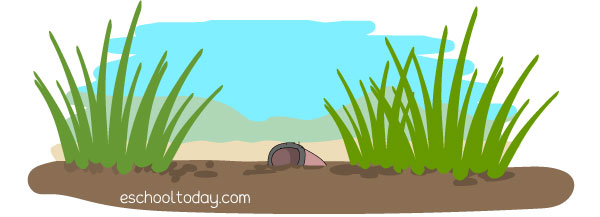- Water Scarcity
Water scarcity factsheet
- Agriculture
Agriculture is by far the biggest user of water, accounting for almost 70 percent of all withdrawals and up to 95% in developing countries.
The water needed for crops amounts to 1000-3000 cubic meters per tonne of cereal harvested. Put another way, it takes 1–3 tonnes of water to grow 1kg of cereal.
The daily drinking water requirements per person are 2-4 liters. However, it takes 2000—5000 liters of water to produce a person’s daily food. —FAO
- Food Security
Between now and 2030, the world’s population is expected to grow by 2 billion people. Feeding this growing population and reducing hunger will only be possible if agricultural yields can be increased significantly and sustainably. With so much of the Earth’s water being used for agriculture, it is clear that an improvement in the management of agricultural water becomes key to the achievement of global food security.
- Water
One out of every three people is affected by water scarcity. Water researchers believe that the problem is getting worse with urbanization, population growth, industrialization, and competitive commercial activities.
Almost one-fifth of the world’s population (about 1.2 billion people) live in areas where water is physically scarce. One-quarter of the global population also lives in developing countries that face water shortages due to a lack of infrastructure to fetch water from rivers and aquifers. —WHO/Water Scarcity/Fact3
In many poor and rural communities, people use wastewater to water their crops and farms because there is a water shortage or scarcity. It is believed that 10% of all the foods we eat come from crops cultivated by wastewater. These can contain chemicals or disease-causing organisms.
1.8 billion people now use a source of drinking water contaminated by feces (poop). 80% or more of wastewater returns to the environment without adequate treatment.
(GLOBAL WATER CRISIS, THE FACTS. Guppy, L., Anderson, K., 2017.ISBN: 978-92-808-6083-2)
Our research for this topic included these sources:
GLOBAL WATER CRISIS, THE FACTS. Guppy, L., Anderson, K., 2017. Water Crisis Report. United Nations University Institute for Water, Environment and Health, Hamilton, Canada. ISBN: 978-92-808-6083-2
http://news.bbc.co.uk/2/hi/science/nature/3747724.stm
Highlights of GAO-20-128SP, a report to congressional requesters November 2019) Accessed In October 2020. https://www.gao.gov/assets/710/702604.pdf
Facts and figures from The United Nations World Water Development Report 4 Volume 1. Managing water under uncertainty and Risk. WWDR4 http://www.zaragoza.es/contenidos/medioambiente/onu/789-eng-ed4-res12.pdf ISBN 978-92-3-104235-5 e-book ISBN 978-92-3-001045-4
Physical and Economic Water Scarcity: Source: Comprehensive Assessment of Water Management in Agriculture (2007, map 2.1, p. 63, © IWMI, http://www.iwmi.cgiar.org/).
